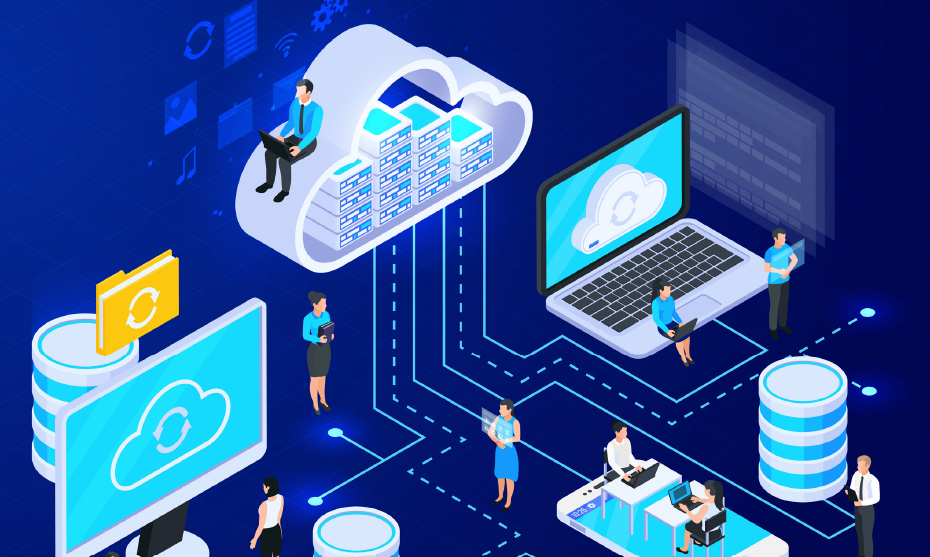Continuous availability and optimized performance are essential today. One way to ensure both is through the use of observability complemented with AIOps.
Nearly all companies are undertaking some form of cloud adoption these days. Efforts range from moving an app or workload to a cloud compute platform for the first time, melding cloud and on-premises activities into a hybrid cloud platform, or embracing cloud-native application architectures based on microservices and APIs. In all these variants, traditional tools that helped organizations ensure the performance and availability of their services and apps fail. Increasingly what’s needed are more modern tools that offer better observability and insights into what’s happening and an AI-based assist to help ensure continuous availability and stellar performance.
There are several issues at hand driving the need for modern tools. First, there is the increased complexity of cloud environments upon which organizations deploy applications and run their workloads.
Even a simple application such as providing a mobile front-end to a user’s account would involve backend elements maintained by the organization, a database on a public cloud, connectivity via the user’s provider, and any one of the major mobile operating systems. There are many inter-dependencies between the various elements, and the business has little control over most elements that could impact performance or availability. When a problem happens, it can take a great amount of time to determine the source of the outage. Modern observability tools using AIOps can help automate the root-cause analysis, accelerating the meantime to repair (MTTR) for an outage or other problem. This can significantly reduce the meantime to repair/recover.
Second, organizations can no longer be reactive, acting after a problem occurs. The traditional approach to IT management has been to wait for an angry call from customers or internal users about a service disruption or the poor quality of a service. AIOps offers a more predictive mode of operation. It enables a proactive approach that could spot, for example, an increase in dropped or re-sent packets and other indicators of poor performance and take corrective actions in real time.
Third, security is much more challenging when applications and services are delivered using multiple cloud elements, some of which are not under the control of an organization. With a modern observability tool, a security team could use AIOps to spot anomalies that are pre-cursors to an attack or activities that are indicative of a data breach. For example, AIOps might be used to alert the security team that an unusually large about of data is being sent out of the organization via a normally lightly used port.
See also: The Role of AIOps in Continuous Availability
Continuous availability is critical to meeting end-user expectations
Application performance and availability have always been important for any organization. Employees have certain expectations that the apps and services they need to get their job done will be available whenever they need them and they will perform well.
Similarly, any customer-facing application or service these days face even harsher user expectations. With people used to getting anything and everything instantly whenever they want it, there is very little intolerance for offerings that are unavailable or that have poor performance.
Numerous studies have quantified the impact any issues can have on the bottom line. Forty percent of users will abandon a website that takes longer than three seconds to load. And 53 percent of users will abandon a mobile app that fails to load in three seconds.
If either (a website or mobile app) is unavailable or poorly performing, users will abandon the site or app. That translates into lost revenues. For example, a customer shopping online will simply jump to another merchant’s site to place that one-time order. If the customer has a good experience on that site, they may never return. So, it is not just the loss of that one purchase. It could mean the loss of a customer for life.
Comparably, slow performance drives ways business. A classic Google analysis of the issue found that 53% of users abandon sites that take more than 3 seconds to load. In fact, website and mobile app performance are so important, Google now factors both into SEO rankings. That, again, can have severe revenue implications. Imagine being dropped from a Google ranking of second on the page to off the first page of search results. A company will never be seen when customers look for its products or services.
A needed tool for modern business
Continuous availability and optimized performance are essential today. One way to ensure both is through the use of observability complemented with AIOps, an essential layer for any digital organization that needs to be operational 24/7 when operating in a cloud environment.
AIOps is the deployment of machine learning to track data from sensors, traces, logs, and other sources to prevent internal and external disruption, whether that be through event correlation or anomaly detection. It can also provide better analysis of why an event happened through casualty determination.
Advanced AIOps platforms converge all data — metrics, traces, logs, changes, and events — for rapid, accurate reporting and analysis. Unlike old, rules-based technologies, this method can operate on partial evidence and detect problems before they become critical. AIOps also uses machine learning to dissect incidents, understanding how to catch problems earlier in the incident lifecycle, and identifying patterns that drive continuous availability.
Given the complexity of the average cloud-based digital organization in 2022, with layers of microservices and ephemeral architectures, AIOps is vital to an effort that seeks to ensure apps and services are available and performing well.

Salvatore Salamone is a physicist by training who has been writing about science and information technology for more than 30 years. During that time, he has been a senior or executive editor at many industry-leading publications including High Technology, Network World, Byte Magazine, Data Communications, LAN Times, InternetWeek, Bio-IT World, and Lightwave, The Journal of Fiber Optics. He also is the author of three business technology books.


